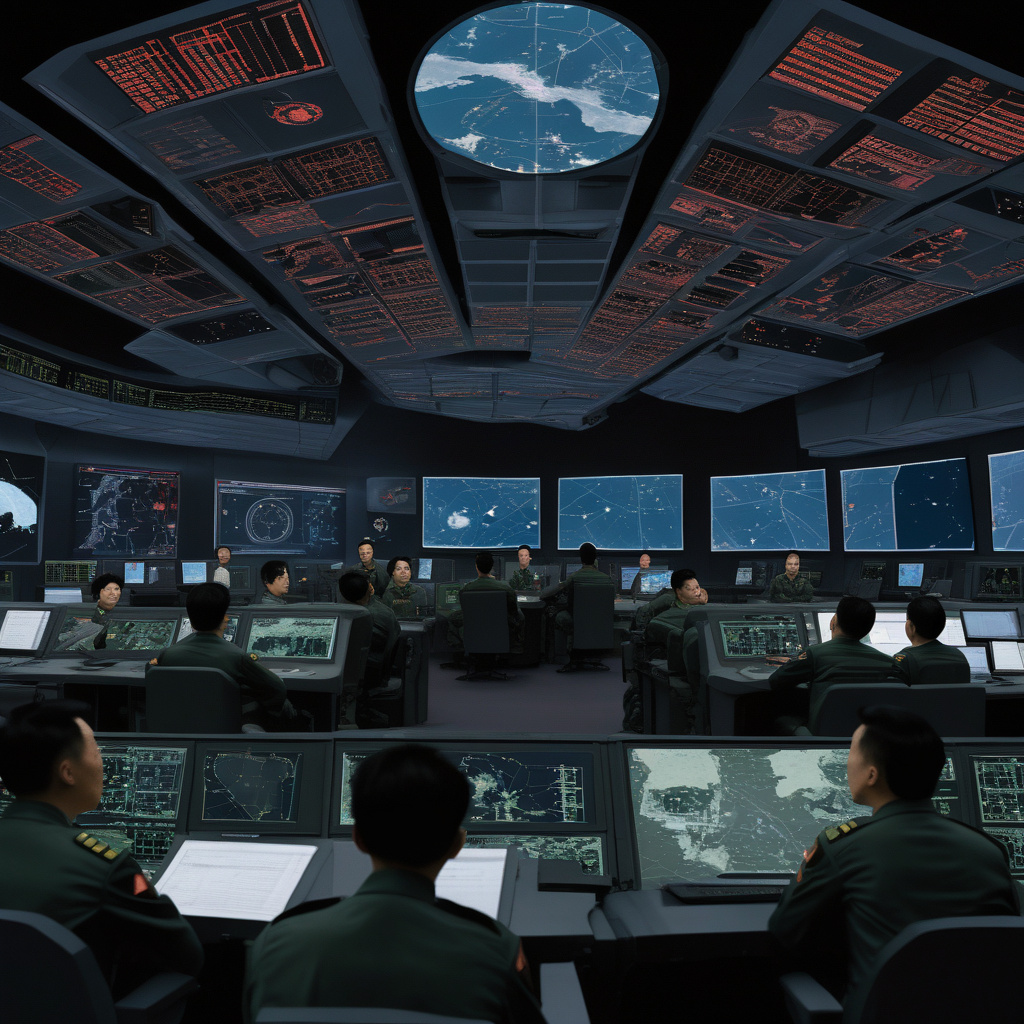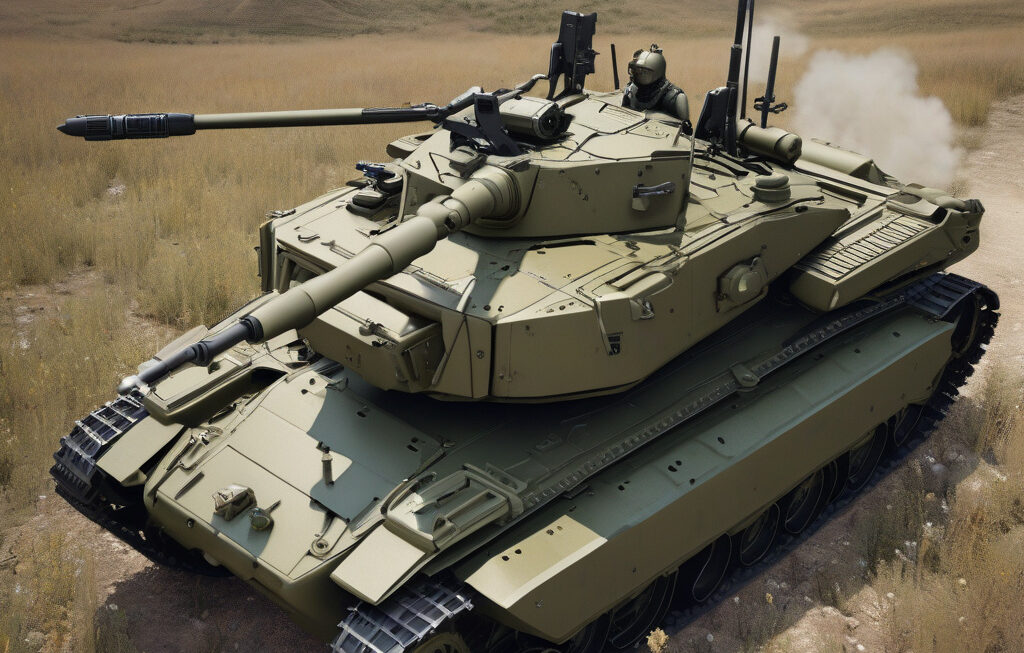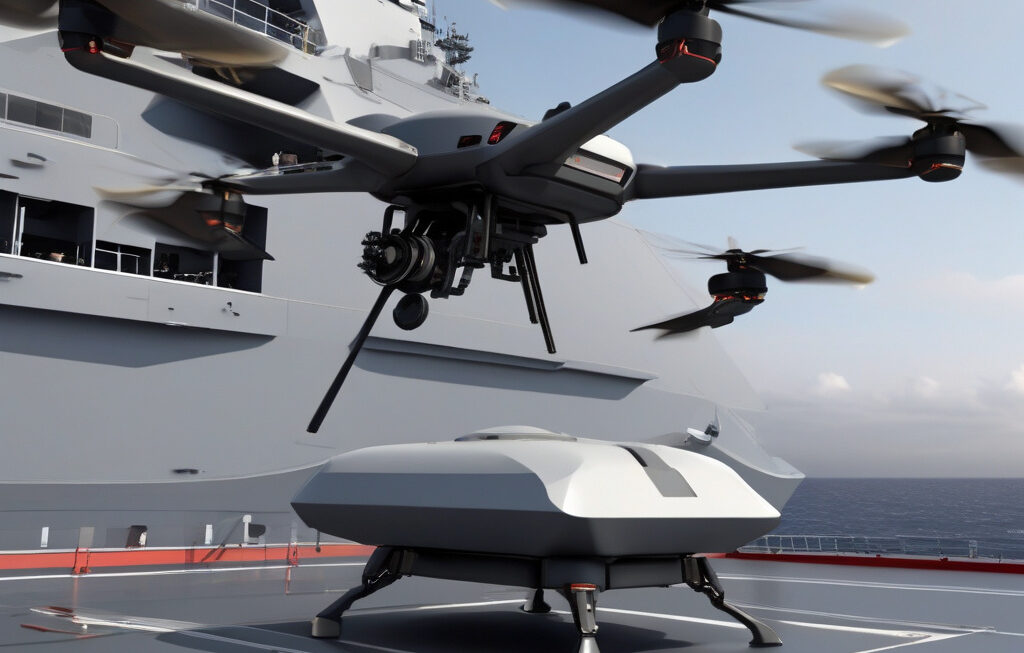China’s Advanced Technology: Detecting US Stealth Fighters with Precision
Chinese researchers have allegedly developed a new tool to detect U.S. stealth aircraft using a low-cost technology that promises pinpoint accuracy. This breakthrough is a significant development in the realm of military defense and technology, as it potentially challenges the long-standing advantage that stealth technology has provided to the United States in its military operations.
The concept of stealth technology, which enables aircraft to evade detection using a combination of design techniques and materials that reduce reflection and emission of radar signals, has been a cornerstone of U.S. military strategy for decades. The development of stealth aircraft such as the F-22 Raptor and F-35 Lightning II has given the U.S. Air Force a crucial edge in combat scenarios by allowing these aircraft to operate with a reduced risk of being detected by enemy radar systems.
However, the recent claims by Chinese researchers suggest that this advantage may be diminishing. According to reports, the new technology developed in China relies on an innovative approach that analyzes subtle discrepancies in the Earth’s magnetic field caused by the presence of aircraft. By leveraging these anomalies, the system is able to detect and track stealth aircraft with a high degree of accuracy, potentially rendering traditional stealth technology less effective.
If these claims are substantiated and the technology proves to be as effective as stated, it could have far-reaching implications for military strategies and defense systems around the world. The ability to detect and track stealth aircraft with precision could tip the scales in favor of those who possess this capability, potentially reshaping the balance of power in conflicts where stealth technology has played a decisive role.
Moreover, the development of this low-cost detection technology underscores the increasing importance of innovation and research in the field of military technology. As countries continue to invest in advanced defense systems and capabilities, the ability to rapidly adapt and counter emerging threats will be a critical factor in maintaining a competitive edge on the battlefield.
It is worth noting that the effectiveness of any new technology in real-world scenarios is often subject to a range of factors, including operational conditions, countermeasures, and the evolution of existing defense systems. As such, further testing and evaluation will be necessary to determine the true impact and potential of this new detection tool.
In conclusion, the reported development of a low-cost technology for detecting U.S. stealth fighters with pinpoint accuracy represents a significant advancement in the field of military defense. If proven effective, this technology could have profound implications for the future of aerial warfare and defense strategies worldwide, highlighting the ongoing technological competition between global powers in an ever-changing geopolitical landscape.
#China, #StealthFighters, #MilitaryTechnology, #DefenseSystems, #Geopolitics












